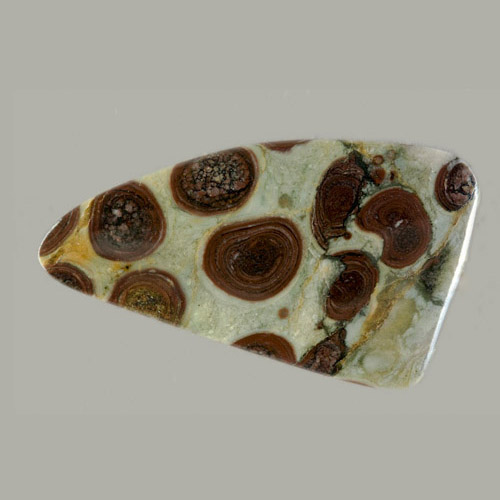

Three distinctive zones of porosity were present upon deposition: a lower zone of relatively high interparticle porosity (21.3% to 33.2%) in the medial part of P1, a low-porosity zone (< 10%) in muddy peloidal sediments in the upper part of P1, and a zone of high interparticle porosity (19 to 43%) in grain-dominated radar packages P2 through P6.

Core data demonstrate a relationship between stratigraphically controlled sedimentological attributes, diagenesis, and pore distribution. The uppermost radar package is a thin (0.15 to 0.55 m), partially calichified carbonate sand sheet that mantles the entire survey site and that reflects late highstand and fall of sea level.Įxposure of the studied interval to meteoric vadose diagenesis over the past 100,000+ years has resulted in partial stabilization of the largely aragonitic precursor sediment through selective partial dissolution of aragonitic grains (mainly ooid cortical layers, peloids, and mollusk shells) accompanied by precipitation of patchily distributed low-magnesium calcite cement. Constructional accommodation on the front of the prograding subaqueous dune in the northwest part of the survey area and erosional accommodation created by downcutting of a shallow tidal channel into the upper part of the subaqueous dune depositional unit in the northeast part of the study area were filled with peloid- and ooid-dominated carbonate sands as sea level stabilized. The stratigraphic succession indicates development of a burrowed backshoal lagoon during early flooding of the bank top followed by deposition of flood-tide-driven, low-angle sheet sands and sigmoidal subaqueous dune deposits as the shelf-margin sand shoal moved bankward as a function of continued sea-level rise. Six radar packages (P1–P6) bounded by radar surfaces (S1–S6) have been identified in the two 3D radar volumes. Two complementary 3D (200 MHz and 400 MHz) ground-penetrating-radar surveys and three shallow cores reveal that the uppermost part of the upper Pleistocene (Marine Isotope Stage 5e) Lucayan Formation at Red Bays, Andros Island, Great Bahama Bank, comprises a single, 6-m-thick upward-shallowing parasequence. An understanding of how these parameters, especially porosity, are preserved or modified in the eogenetic environment is essential in bridging the gap between modern and ancient analogs. Linkages among surface sediments, depositional processes, geomorphic forms, stratigraphic architecture, and pore distribution in Bahamian sand bodies and oolite-capped depositional successions have been characterized in recent studies. Comparable sedimentary successions from both Pleistocene and modern deposits in the Bahamas suggest that the three evolutionary stages recorded for the Miami Limestone are typical of many transgressive ooid shoal complexes. The overlying sigmoidal radar packages record barrier-bar formation through alongshore progradation. The low-angle sheet radar packages are interpreted as oolitic shoal deposits consisting of tidal bars covered by ebb-orientated, straight-crested sand waves. Radar surfaces and intervening radar facies define two main radar package types: low-angle sheet and sigmoidal.

Depth of 3 radar wave penetration was around 6 m, and both horizontal and vertical resolution was approximately 0.1 m for the 6500 m(3) rock volume, such that the upper bedded oolitic facies was imaged without spatial aliasing. A 250 MHz full-resolution 3D GPR data set was collected over an area of 45 m X 24 In that encompassed the location of the three cores. However, detailed correlation between the cores and outcrops is problematic due to spatial aliasing. Data from three closely spaced cores and two large outcrops on the barrier bar allow initial subdivision of the Miami Limestone in to a lower mottled oolitic facies and an upper bedded oolitic facies. Southwest of Miami, paleotopography on the upper Pleistocene Miami Limestone Formation indicates the former presence of a large oolitic barrier bar, backed by extensive ooid shoals. Full-resolution 3D ground-penetrating radar (GPR) surveying has the potential to overcome this problem. At the field scale (m's to 100's m) it is often difficult to define the true three-dimensional form of depositional units or facies within sediments or sedimentary rocks, due to inherent spatial bias in traditional data sources such as outcrops and cores.


 0 kommentar(er)
0 kommentar(er)
